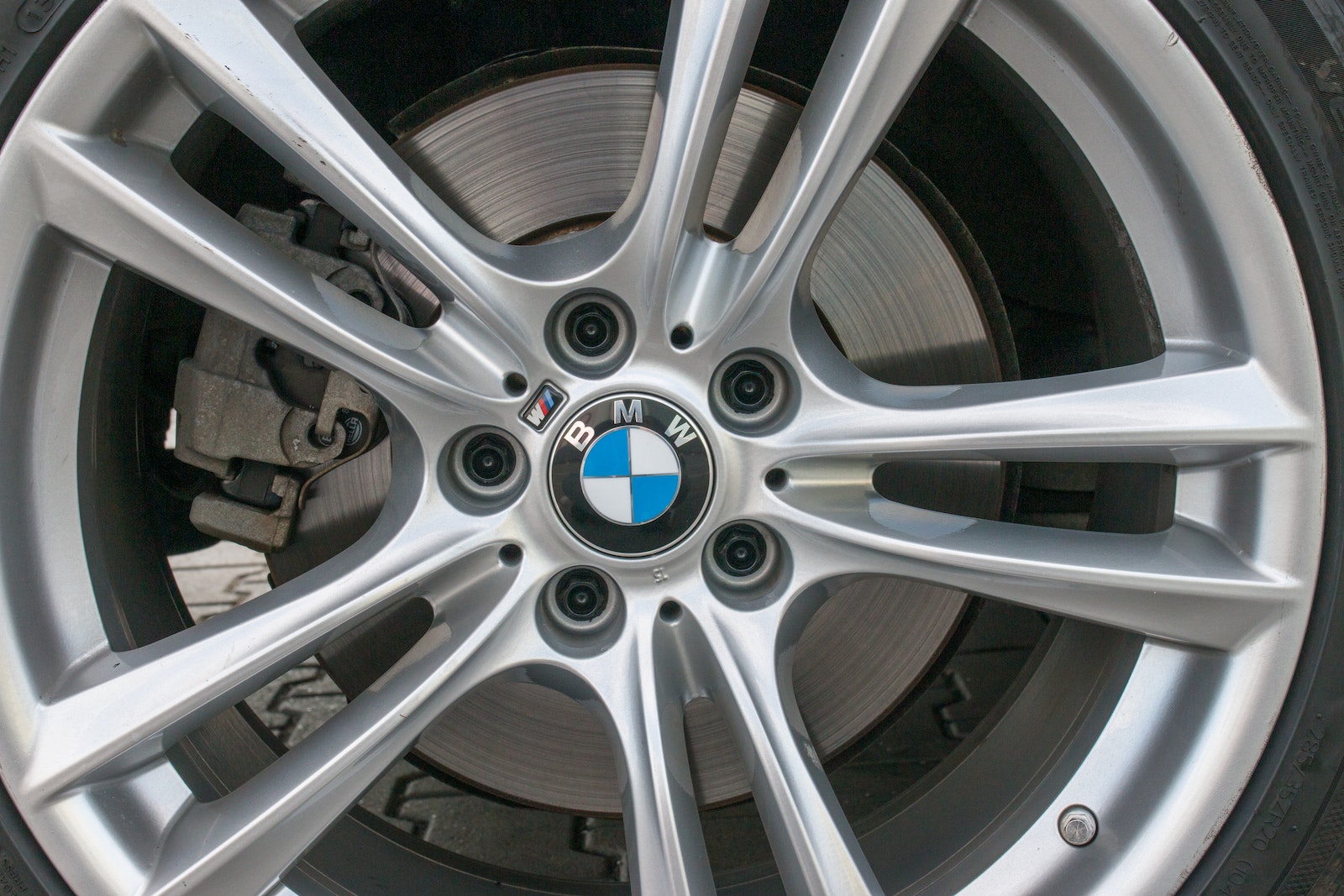Car manufacturers have various options when selecting car frame materials, including steel, aluminum and carbon fiber. Each material offers distinct advantages and drawbacks; by understanding these distinctions between them you can better appreciate engineering decisions made by car makers.
Steel has long been considered the go-to material for car frames due to its strength, durability and cost effectiveness. Steel’s qualities also include providing great crash protection as well as being readily available and easy to work with during manufacturing processes – its weight however could negatively impact fuel efficiency.
Aluminum Is Lightweight and Versatile
Aluminum has become increasingly popular as a material choice for car frames due to its lightweight properties. Aluminum provides significant weight reduction compared to steel, leading to improved fuel efficiency and handling, corrosion resistance properties that make it suitable for areas exposed to humidity or salt exposure, and low production costs (despite being more costly).
Heading 3: Carbon Fiber – Strength Meets Lightness Carbon fiber is an advanced material renowned for its superior strength-to-weight ratio. As it’s significantly lighter than both steel and aluminum, carbon fiber offers significant fuel economy gains when driving on roads or trails. Furthermore, its stiffness and rigidity contributes to superior handling and maneuverability compared to other materials – though its manufacturing process can be complex and expensive, making carbon fiber less accessible or costly when compared with similar alternatives.
Conclusion:
To conclude, selecting the appropriate car frame material depends on various considerations such as cost, performance requirements and manufacturing feasibility. Steel remains the go-to material due to its strength and cost-efficiency, while aluminum provides lighter alternatives with excellent corrosion resistance. Carbon fiber offers the ultimate combination of strength and lightness but requires costly production facilities. As technology develops, cars may use different materials such as carbon fiber to increase fuel efficiency and performance. Understanding these differences will allow car enthusiasts to appreciate the engineering decisions of car manufacturers as they make purchases – thus helping make informed choices when making their next vehicle purchase.
Word Count: 294 words















